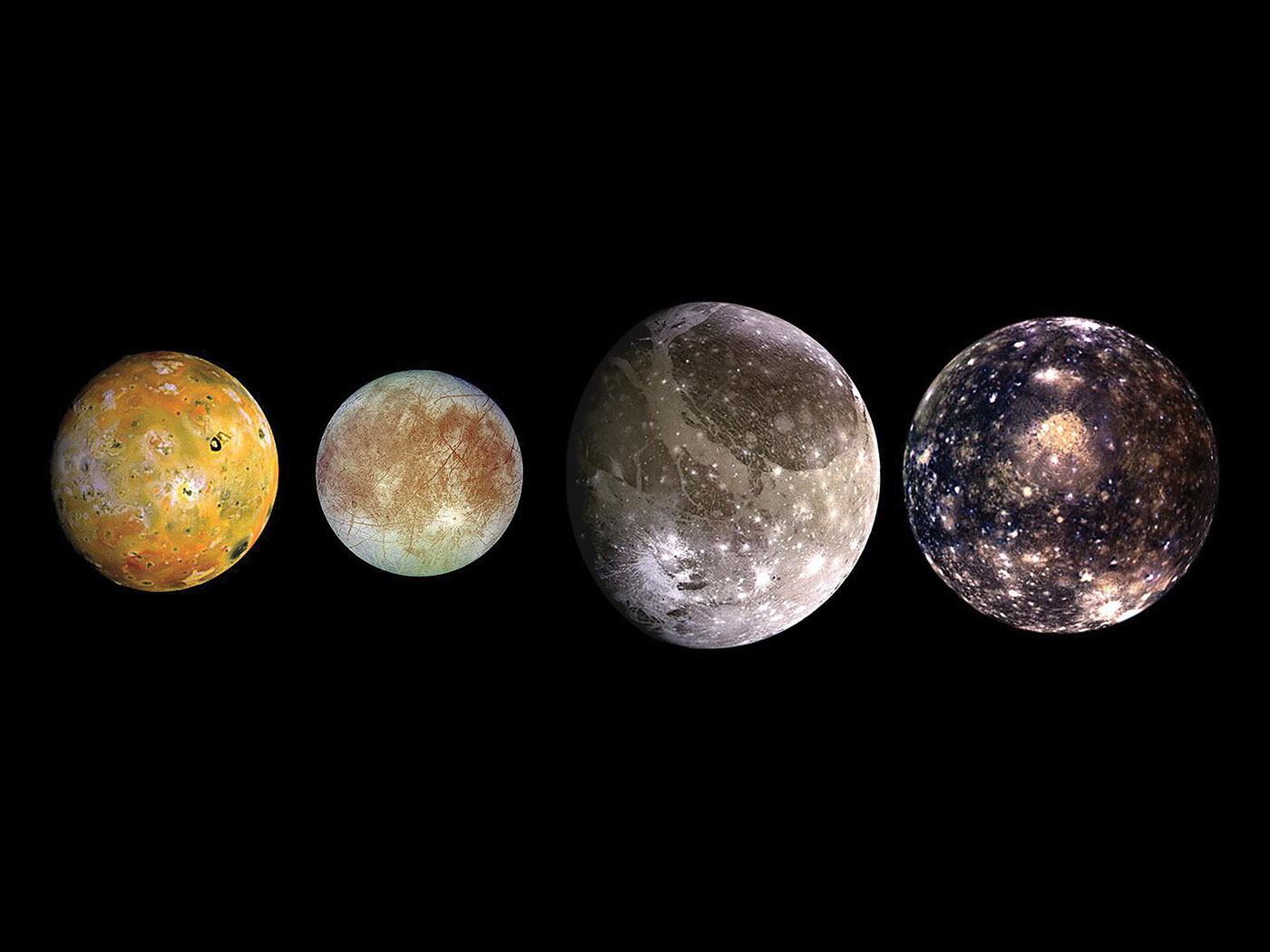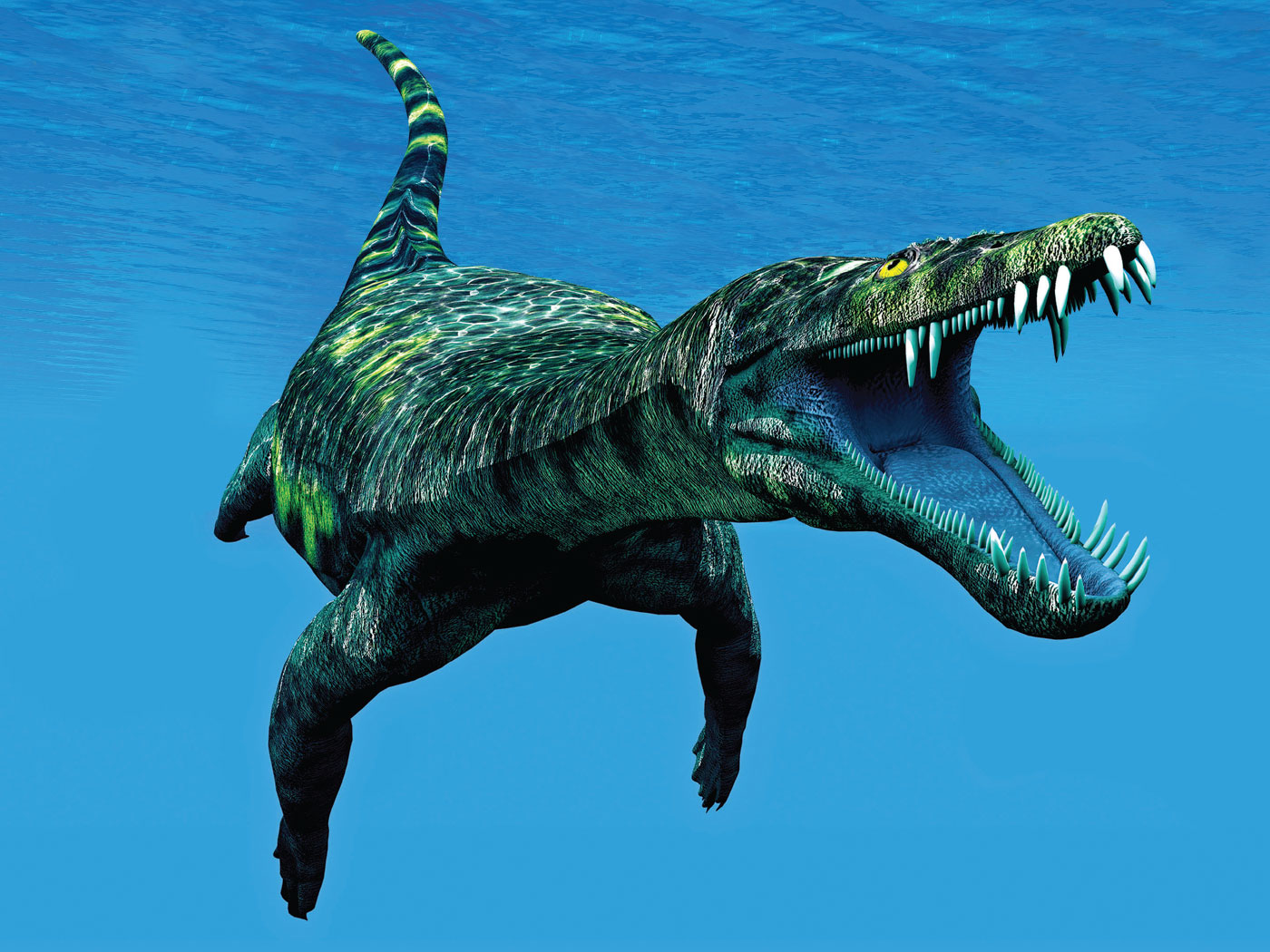Animal migrations occur all over the earth among many types of creatures, with some winged creatures (birds and insects) making the most extreme and lengthy ones. Among insects, the globe skimmer dragonfly (Pantala flavescens) is exceptional—being able to fly up to 3,730 miles across the open ocean. Scientists are finally beginning to unravel the required specificity behind the anatomical, behavioral, and metabolic complexity that enable this amazing feat.1
Strong evidence has implied the extreme migration of the globe skimmer dragonfly across the daunting ocean expanse between the Maldives off the coast of India to East Africa. However, the small size of the creature (which is only about 1.77 inches long with a wingspan of just a little over 3 inches) seemed to present problems at first due to the inherent limitations of the insect’s ability to store enough energy reserves. In other words, its gas tank did not appear big enough to hold the fuel needed to make the long journey.
In this new study, a group of researchers first derived a baseline by determining the insect’s specific metabolic characteristics. Then they calculated how long it could stay airborne using the maximum energy stored in its body, such as fat reserves.1 And because other flying creatures like birds depend heavily on wind patterns, they also calculated weather models to see if available seasonal wind patterns in the migration route could facilitate the open ocean flight in both directions.
The scientists discovered a flight model that would allow successful open ocean migration—one that combined active wing flapping with gliding and took advantage of seasonal wind patterns. In fact, there was a strong behavioral requirement for the dragonfly to select favorable wind patterns. The researchers also discovered that the specialized metabolism and physiological endurance of the dragonfly also played a key role in the migration, making it all possible.
Extreme creature traits, like this daunting open ocean migration of thousands of miles, boggle the human mind and utterly defy evolutionary interpretations regarding the dragonfly’s origins. How could random chance mythical processes result in the perfect combination of anatomy, physiology, and behavioral adaptations needed for this creature to succeed in this amazing endeavor? The only logical inference we can make is that this incredible engineering was built into these dragon flies by an omnipotent Creator, the Lord Jesus Christ.
Reference
1. Hedlund, J. et al. Unraveling the World’s Longest Non-stop Migration: The Indian Ocean Crossing of the Globe Skimmer Dragonfly. Frontiers in Ecology and Evolution. 2021 (9): 525. DOI: 10.3389/fevo.2021.698128.
* Dr. Tomkins is Director of Research at the Institute for Creation Research and earned his Ph.D. in genetics from Clemson University.
Open Ocean Dragonfly Migration Boggles the Mind
The Latest
Rhino Fossil Requires the "Impossible" from Conventional...
A recent study published in Nature Ecology & Evolution claims that the “impossible” actually happened—not just once, but three...
December 2025 ICR Wallpaper
"Come now, and let us reason together," Says the LORD, "Though your sins are like scarlet, They shall be as white as snow; Though they...
The Bipedal Two-Step of Human Evolution
The supposed evolution of bipedalism continues to be a major obstacle in the narrative that humans evolved from apelike ancestors.1,2
For...
CREATION PODCAST
The James Webb Space Telescope vs The Big Bang | The Creation...
When you look into the night sky, you’re seeing light that has traveled incredible distances to reach you. For centuries, astronomers have used telescopes...
CREATION PODCAST
Dr. Randy Guliuzza | From Learning to Leadership | The Creation...
For more than 50 years, the Institute for Creation Research has continued its mission to show how scientific evidence confirms the truth of Scripture....
Announcing the Acts & Facts Kids Edition for 2025!
Hi, kids!
Have you ever stopped to think about just how wonderful and amazing our world really is? Everywhere you look, from the tiniest bug to the...
Thanksgiving in Heaven
"And the four and twenty elders, which sat before God on their seats, fell upon their faces, and worshipped God, Saying, We give thee thanks, O...
Kids Edition 2025: Human Eyes
Hi, kids! We created a special Acts & Facts just for you! Have fun doing the activities while learning about the wonderful world God...
Kids Edition 2025: Dinosaur Art & Artifacts
Hi, kids! We created a special Acts & Facts just for you! Have fun doing the activities while learning about the wonderful world God...
Kids Edition 2025: Pluto & Dwarf Planets
Hi, kids! We created a special Acts & Facts just for you! Have fun doing the activities while learning about the wonderful world God...




















